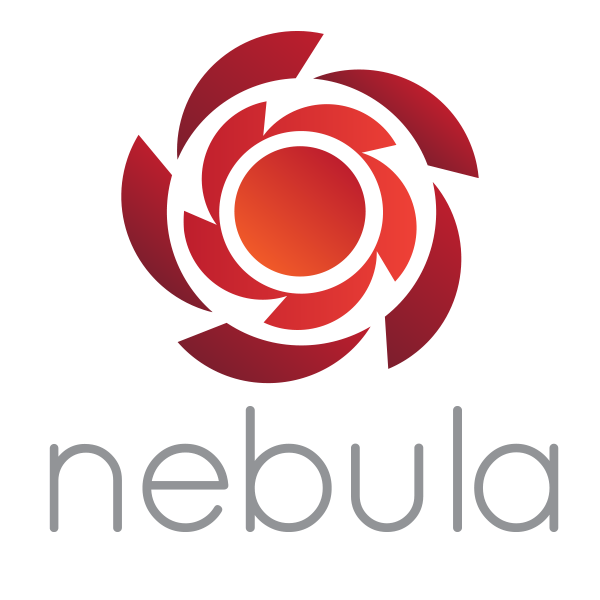Repeatable builds
Going back to a previous commit of your code and building it from source doesn’t guarantee exactly the same result. Your transitive dependency graph can change in subtle ways, even if you are careful to pin your dependencies. Nebula can help you lock your resolved dependency graph into source control quickly and easily.
Immutable deployments
If you’ve built an app and need to install it on a server, there’s no better approach than a native OS package. Nebula provides a simple DSL that allows Java apps, as well as non-Java apps, to produce an RPM or Debian package easily.
Eliminate boilerplate
Nebula helps engineers remove boilerplate in Gradle build files, and makes building software the Netflix way easy. This reduces the cognitive load on developers, allowing them to focus on writing code.
Built for the Enterprise
Nebula is a collection of Gradle plugins built for Netflix engineers to eliminate boilerplate build logic and provide sane conventions. We chose Gradle for our underlying build system because we feel Gradle is the best build tool for Java applications.
In order to understand the value that Nebula provides, let’s look at a Gradle build file for a typical Java web project.
apply plugin: 'java'
apply plugin: 'war'
apply plugin: 'application'
mainClassName = 'com.netflix.sampleApp.Application'
Gradle provides a lot of functionality out of the box. For instance, the above build.gradle file allows you to:
- compile Java source files located in a Maven standard layout
- compile and execute unit tests
- produce javadocs from source
- package the compile source into a Java web application (
.war) - bundle the app as a
.zipor.tarfile with OS specific start scripts
Now, let’s sprinkle in some Nebula plugin goodness and see what additional benefits we achieve.
apply plugin: 'java'
apply plugin: 'war'
apply plugin: 'application'
apply plugin: 'nebula.project-plugin'
apply plugin: 'nebula.dependency-lock'
apply plugin: 'nebula.ospackage-application-daemon'
apply plugin: 'nebula.maven-publish'
apply plugin: 'nebula.javadoc-jar'
apply plugin: 'nebula.sources-jar'
apply plugin: 'nebula.release'
apply plugin: 'nebula.bintray'
mainClassName = 'com.netflix.sampleApp.Application'
contacts {
'bob@foobar.com' {
moniker 'Bob Smith'
github 'bobsmith'
}
}
In addition to previous mentioned features provided by Gradle, the Nebula plugins we added allow this project to:
- define contact information for the project
- metadata about the project is now captured and written into the .war’s manifest
- produce
.jarfiles for Javadocs as well as Java source files - produce and commit to version control a
dependency.lockfile containing the complete transitive dependency graph as resolved by Gradle - produce a
.deb(or.rpm) file configured to use daemontools for starting and stopping the application. - publish the
.war(or.jar) to a maven repository - publish a
*-javadoc.jarand a*-sources.jarto a maven repository - add tasks to bump the major, minor or patch version based on Semantic Versioning
- the major/minor/patch release can be published to Bintray
You can start by checking out our Introduction to Nebula.
Resources
- Introduction to Nebula is a nice way to learn about Nebula.
- The Plugin tour provides a high level look at the Nebula plugins
- Explore the source code on Github
- Send us a tweet on Twitter
